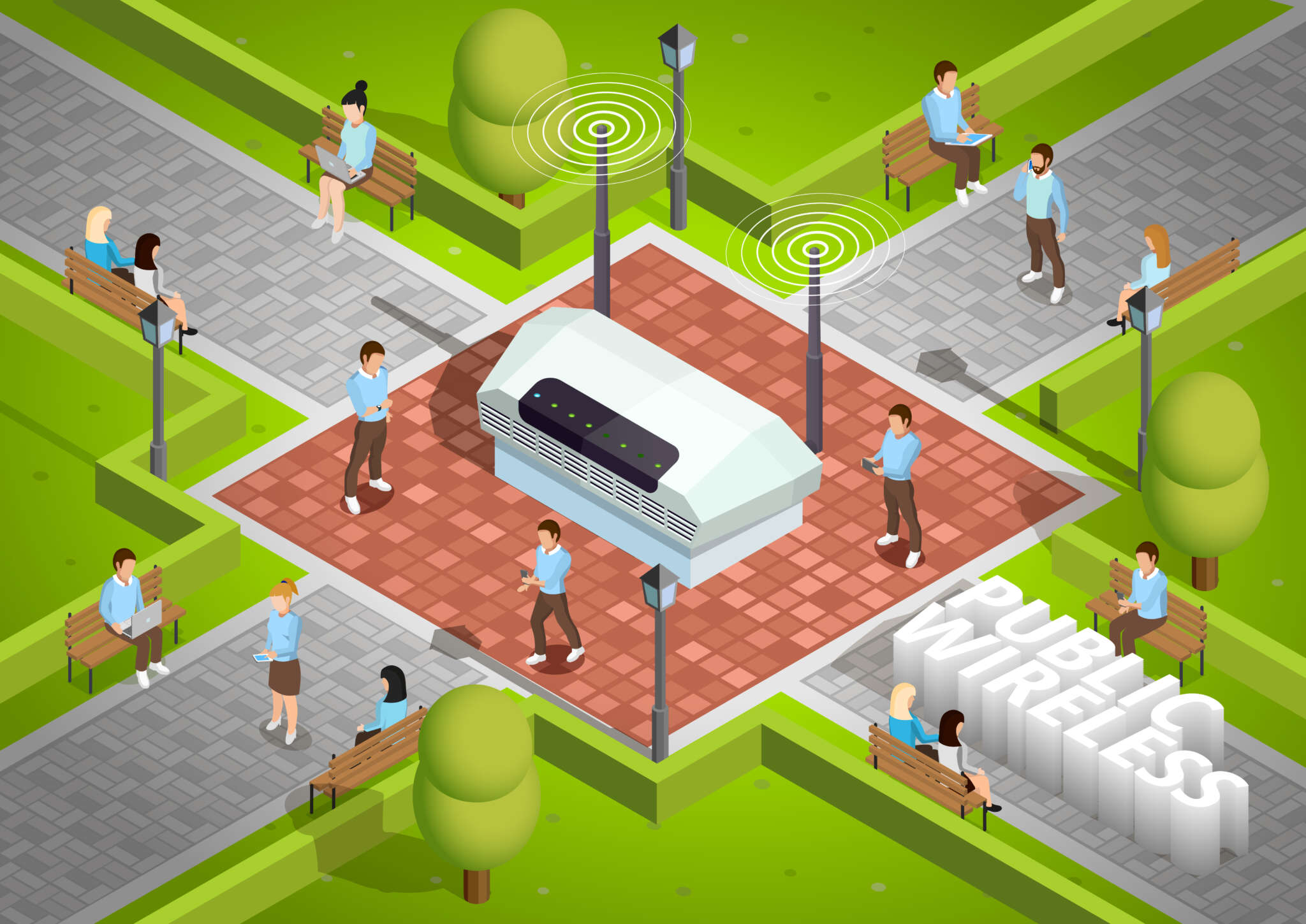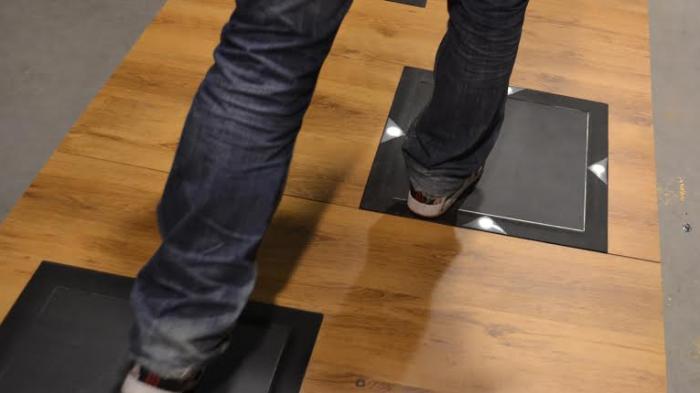Introduction

As global energy demand increases, innovative solutions to generate electricity from sustainable sources are increasingly needed. One technology that is attracting attention is the utilization of piezoelectric kinetic energy for environmentally friendly street lighting systems. This concept relies on piezoelectric materials that can convert mechanical stress or vibration into electrical energy, making it an efficient solution in supporting street lighting with renewable energy.
At Telkom University’s Bachelor of Energy Systems Engineering, renewable energy technology is the main focus in the development of research and innovation. This article will discuss how piezoelectric kinetic energy can be applied to street lighting, its advantages over conventional systems, and how this study program offers educational solutions that are relevant to the development of the renewable energy industry.
Basic Concept of Piezoelectric Kinetic Energy
Piezoelectric kinetic energy works based on the properties of piezoelectric materials that are able to produce electric voltage when under pressure or vibration. The application of this concept in street lighting is done in a way:
- The use of piezoelectric sensors on roads: Sensors are placed under asphalt or pavement to capture pressure from vehicles or pedestrians.
- Conversion of mechanical energy into electricity: Vibrations generated by the movement of vehicles or people will be converted into electrical energy.
- Energy storage in batteries: The electrical energy generated is stored in batteries for use at night.
- Automatic street lighting: The stored electricity is used to automatically turn on LED street lights at night.
Advantages of Piezoelectric Technology in Street Lighting
Compared to conventional street lighting systems that rely on electricity from the main grid, the application of piezoelectric technology has various advantages:
- Environmentally friendly: Uses renewable energy sources with no carbon emissions.
- High efficiency: Optimize energy from vehicle and pedestrian movements that would otherwise be wasted.
- Minimal operational costs: Reduces dependence on the main power grid and maintenance costs.
- Long durability: Piezoelectric materials have a long lifespan and can withstand various weather conditions.
Implementation and Case Study
One of the developed countries that has conducted trials with promising results:

Japan is known as a country that always brings innovation, especially in energy technology. One of the innovations being developed is the utilization of energy from human footsteps. The technology used in Japan is called Power Generating Flooring. This system utilizes piezoelectric materials that are capable of generating electricity when subjected to pressure or strain. Based on some sources, this technology can generate about 1-2 watts of electricity per footstep. If it is assumed that a person can walk for 20 seconds, the electricity generated will be even more significant.
Interestingly, the energy generated from one footstep can power up to 10 light bulbs in 20 seconds. The concept is quite simple, utilizing the pedestrian’s body weight which causes the footing to move and generate electricity. This technology has also been implemented in various public facilities, including sports fields such as soccer, to help save electricity consumption.
Telkom University Energy Systems Engineering S1 Study Program
Telkom University’s Bachelor of Energy Systems Engineering offers a research-based curriculum and renewable energy technology that supports innovations such as piezoelectricity. The advantages of this program include:
- Collaboration with the energy industry for research and implementation of the latest technologies.
- Modern and complete renewable energy laboratory facilities.
- Professional lecturers and teaching staff with experience in renewable energy research.
Want to contribute to the development of green energy technology? Register yourself at S1 Energy Systems Engineering Telkom University now!
FAQ (Frequently Asked Questions)
1. What is piezoelectric kinetic energy? Piezoelectric kinetic energy is a technology that converts mechanical stress or vibration into electrical energy through piezoelectric materials.
2. Has this technology been implemented in Indonesia? Some research is being done to implement this technology in urban infrastructure.
3. How do I join Telkom University’s Energy Systems Engineering program? You can apply through regular channels or available scholarships by visiting the official website of Telkom University.
Tags : S1 Teknik Sistem Energi | Electrical Energy Engineering
Rasyifa Putri Raidah – Directorate of Information Technology Center
